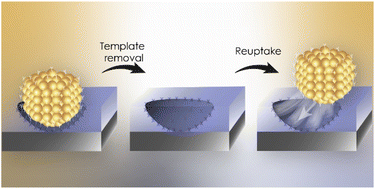Imprinting of nanoparticles in thin films: Quo Vadis?
Abstract
Nanomaterials, and especially nanoparticles, have been introduced to almost any aspect of our lives. This has caused increasing concern as to their toxicity and adverse effects on the environment and human health. The activity of nanoparticles, including their nanotoxicity, is not only a function of the material they are made of but also their size, shape, and surface properties. It is evident that there is an unmet need for simple approaches to the speciation of nanoparticles, namely to monitor and detect them based on their properties. An appealing method for such speciation involves the imprinting of nanoparticles in soft matrices. The principles of imprinting nanoparticles originate from the molecularly imprinted polymer (MIP) approach. This review summarizes the current status of this emerging field, which bridges between the traditional MIP approach and the imprinting of larger entities such as viruses and bacteria. The concepts of nanoparticle imprinting and the requirement of both physical and chemical matching between the nanoparticles and the matrix are discussed and demonstrated.

- This article is part of the themed collections: 2023 Chemical Science Perspective & Review Collection, 2023 Chemical Science HOT Article Collection and 2023 Chemical Science Covers


 Please wait while we load your content...
Please wait while we load your content...